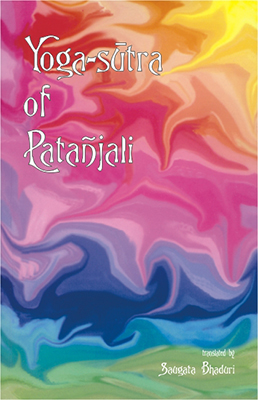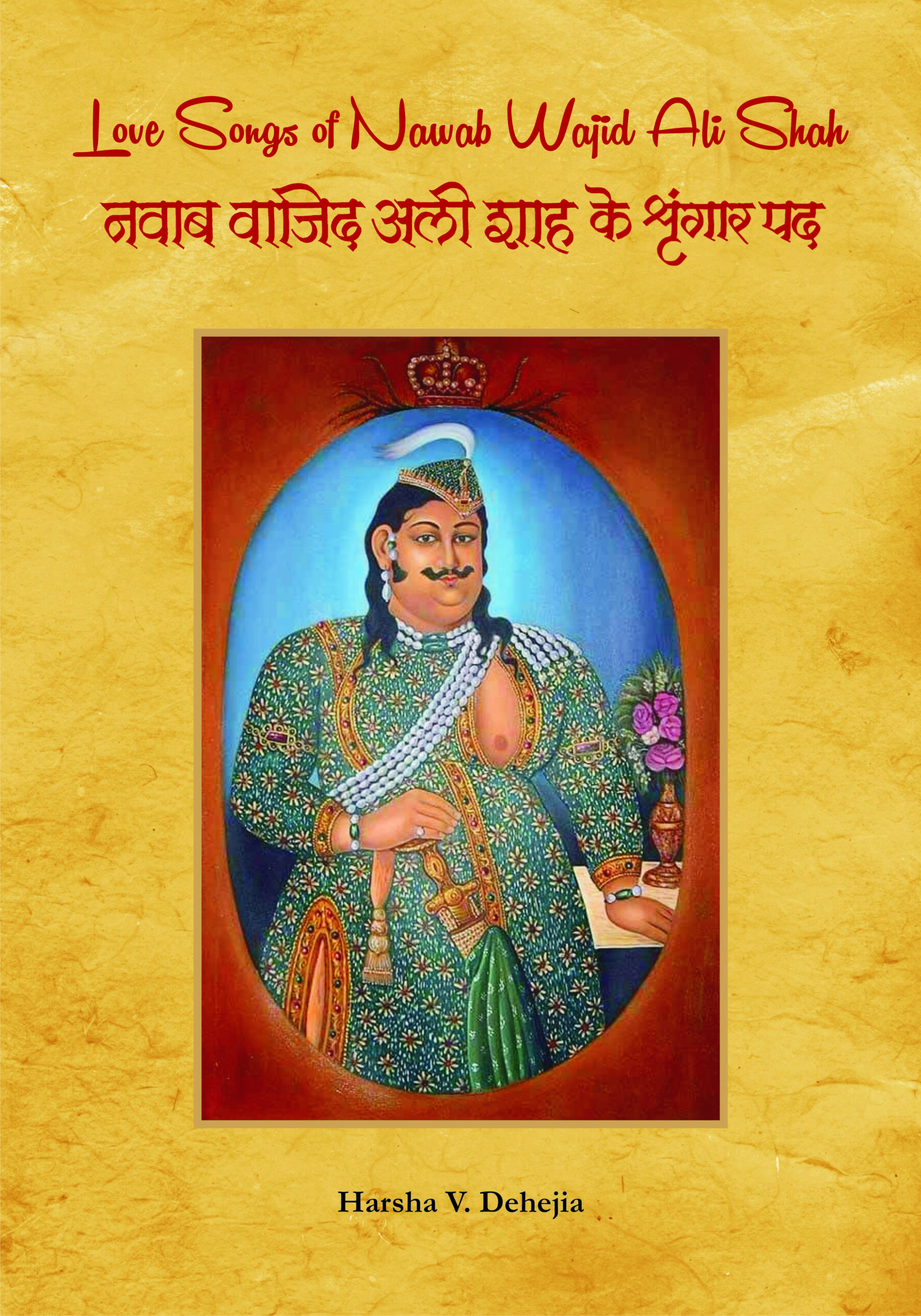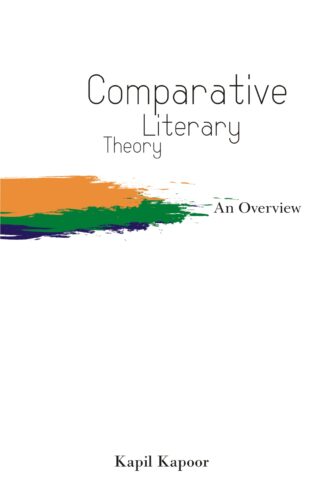

Perspectives in the ...
Perspectives in the Vedic and the Classical Sanskrit Heritage
by: G.V. DavaneProfessor Davane offers stimulating perspectives on varied themes covering classical Sanskrit literature, poetics, linguistics, history, mythology and legendary narratives including reinterpretations of the Vedic view of the moon, samudra, dreams, etc.
Original price was: ₹325.00.₹293.00Current price is: ₹293.00.
ISBN: 9788124600313
Year Of Publication: 1995
Edition: 1st
Pages : xvii, 275
Bibliographic Details : Glossary; Bibliography; Index
Language : English
Binding : Hardcover
Publisher: D.K. Printworld Pvt. Ltd.
Size: 23 cm.
Weight: 500
A distinguished scholar who has had a lifetime engagement with Sanskrit studies: ranging from the Vedic samhitas to contemporary literary criticism, Professor Davane here offers at once insightful, highly stimulating perspectives on diversely varied themes from classical Sanskrit literature, poetics, linguistics, dramaturgy, history, mythology and legendary narratives. And, these apart, brilliant reinterpretations of the Vedic views of the moon, samudra (ocean), dreams and deep sleep. Reviewing the gamut of kavya definitions and its scope, in terms of the literary genres it encompasses, the book critically examines, for the first time, Rajashekharas view of shabdaharana (verbal borrowings), kavisamayas (conventional poetic ideas) in Sahityashastra, and the progression of rasanishpatti in classical Sanskrit literature. It also seeks to gauge Mahamahopadhyaya Dr. P.V. Kanes contribution to Sanskrit poetics rather than his oft-appraised work on Dharmashastra. Dr. Davane marshals an astonishing mass of original literary sources to highlight the all-expansive influence of Kalidasas unparalleled Iyric: Meghaduta, on classical writings, the richness of Banabhattas utprekshas (poetic imagination), the emergence of Sarasvati as a pantheonic deity, and how Sita, the epitome of ideal womanhood, has been varyingly portrayed by over twenty Sanskrit playwrights. Also shown, in addition, are the legends/myths about Samudra-manthana, Amritamanthan, Rahu-Ketu, Udayana, and Dhanvantari, in their altogether fresh perspectives. This composition of Prof. Davanes writings is an essential reading for the scholars/researchers of Vedic and Classical Sanskrit literature.
Foreword
Preface
Acknowledgements
Abbreviations
1. Influence of the Meghaduta on Sanskrit Literature
Literature Explaining or Supplementing the MD
Commentaries — Supplements to the Meghaduta — Attempts at Utilising the Text of the Meghaduta for Jain Literary Works
The Dutakavyas or the Messenger-Poems
Birds as Messengers — Insects as Messengers — Inanimate Objects as Messengers — Abstract Concepts Used as Messengers in Some of the Dutakavyas — Mythological Messengers in Some of the Dutakavyas — Human and Superhuman Beings as Messengers in Some of the Poems
The Causes of Separation
The Durations of Separation
The Topics of Description
The Routes to be Traversed
Ideas and Expressions Found in the Dutakavya Literature
Delineation of Vipralambha Shringara or Love in Separation
Description of Nature
Ideas and Expressions Parallel to those in the Meghaduta
2. Definition of Kavya and its Scope
Scope of Kavya
Definitions by Different Indian Critics
Vamanas Views about Kavya
Mammatas and Other Critics Opinions
Some Outstanding Western Critics Views
Conclusion
3. The Goddes Sarasvati in Sanskrit Literature
Sarasvati in the Riv
Sarasvati as the Goddess of Learning in the Post-vedic Literature
Description of Sarasvati in the Post-Vedic LIterature
Metaphysical Aspect of Sarasvati
Sarasvatis Relation to Brahma
Conclusion
4. Sita in Sanskrit Plays
Views on Sitas Birth
Sita Svayamvara
Preparing for Vanavasa
Forest-Life in Vanavasa
Sita-Harana
Hanumat as a Messenger
War Between Rama and Ravana
Agnidivya of Sita
Sitas Separation from Rama
Conclusion
5. Poetic Conventions in Sanskrit Literature
Origin and Development
Kavyadoshas and the Poetic Conventions
Comparative Views by Different Critics
Conclusion
6. Samudra in the Rigveda
Differental Meanings According to the Eastern and the Western Scholars
Knowledge of The Sea to the Aryans
Knowledge of the The Submarine Fire
Development of the Meanings of the Word Samudra
7. The Moon in the Vedic Literature
The Moon in the Riv
The Moon in Other Samhitas
The Moon in the Brahmanas
The Moon in the Aranyakas
The Moon in the Upanishads
A Few Similar Ideas in Other Mythologies of the World
8. Dreaming-sleep and Deep-sleep in Vedic Literature
Samhitas of the Veda
The Brahmanas
The Aranyakas
The Principal Upanishads
9. Ushijah in the Rigveda
Sayanas Explanation of the Word Ushij
Ushijs as a Clan
Different Views About Aushija
Ushij as Uiskhsh Part of a Trio in the Avesta
Conclusion
10. Rigvedic Rishi Nabhanedishtha
Nabhanedishtha — A Manava
Relationship Between Nabhanedishtha and Nabanazdista
Conclusion
11. The Fourteen Gems in the Legend of Samudra-Manthana
12. The Rahu-Ketu Myth
Rahu-Ketu in the Mahabharata
Rahu-Ketu in the Puranas
Views of Different Scholars
Eclipse-Myth According to Other Mythologies
Conclusion
13. A critical Study of Dhanvantari
Dhanvantari in Different Versions
The Original Phenomenon — Dhanvantris Relation with Vishnu — Dhanvantaris Connection with the Science of Medicine — The Origin of Medical Science in Comparative Mythology
Conclusion
14. MM. Dr. Kanes Contribution to Sanskrit Poetics
The Mutual Relation of Bhamaha — Nyasa-Magha
The Problem of the Authorship of Dhvanyaloka
15. The Legend of Udayana
The Early History of Udayana or The Story of Mrigavati
Udayana-Vasavadatta Episode
Udayana-Padmavati Episode
Udayana and Other Heroines
The Birth of Naravahanadatta
Udayanas End
16. Utprekshas of Banabhatta
Definition and Scope
Imaginative Power of Bana
Utprekshas — Pregnant with Meanings
Blending with Other Figures of Speech
Themes Appreciated by Bana
Glimpses of Social Life
Admiration of Banas Imaginative Power
17. Good And Bad Verbal Borrowing According to Rajashekhara
Types of Borrowal of Ideas
Originality of Ideas
Types of Borrowing
Conclusion
18. Apavarya and Janantikam in Theory and Practice
Distinguishing Characteristics According to Sanskrit Critics
Different Views of the Practising Sanskrit Dramatists
Analytical Survey of the Plays
Technical Stage Direction: Different Methods
Post-Bhavabuti Sanskrit Plays
Views of Sanskrit Commentators
Modern Scholars Views
Critical Analysis
19. The Process of Rasanishpatti
Glossary
Bibliography
Index








